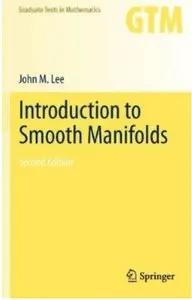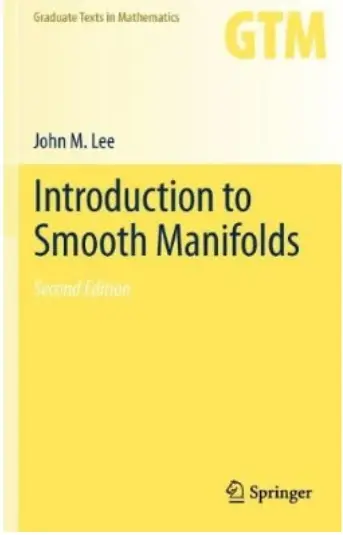Introduction to Smooth Manifolds (Graduate Texts in Mathematics, Vol. 218), 2nd edition by John Lee
English | 2012-08-26 | ISBN: 1441999817 | PDF | 723 pages | 4,6 MB
English | 2012-08-26 | ISBN: 1441999817 | PDF | 723 pages | 4,6 MB
This book is an introductory graduate-level textbook on the theory of smooth manifolds. Its goal is to familiarize students with the tools they will need in order to use manifolds in mathematical or scientific research—smooth structures, tangent vectors and covectors, vector bundles, immersed and embedded submanifolds, tensors, differential forms, de Rham cohomology, vector fields, flows, foliations, Lie derivatives, Lie groups, Lie algebras, and more.
The approach is as concrete as possible, with pictures and intuitive discussions of how one should think geometrically about the abstract concepts, while making full use of the powerful tools that modern mathematics has to offer. This second edition has been extensively revised and clarified, and the topics have been substantially rearranged. The book now introduces the two most important analytic tools, the rank theorem and the fundamental theorem on flows, much earlier so that they can be used throughout the book. A few new topics have been added, notably Sard’s theorem and transversality, a proof that infinitesimal Lie group actions generate global group actions, a more thorough study of first-order partial differential equations, a brief treatment of degree theory for smooth maps between compact manifolds, and an introduction to contact structures. Prerequisites include a solid acquaintance with general topology, the fundamental group, and covering spaces, as well as basic undergraduate linear algebra and real analysis.



